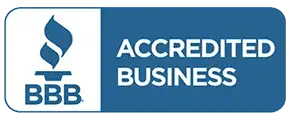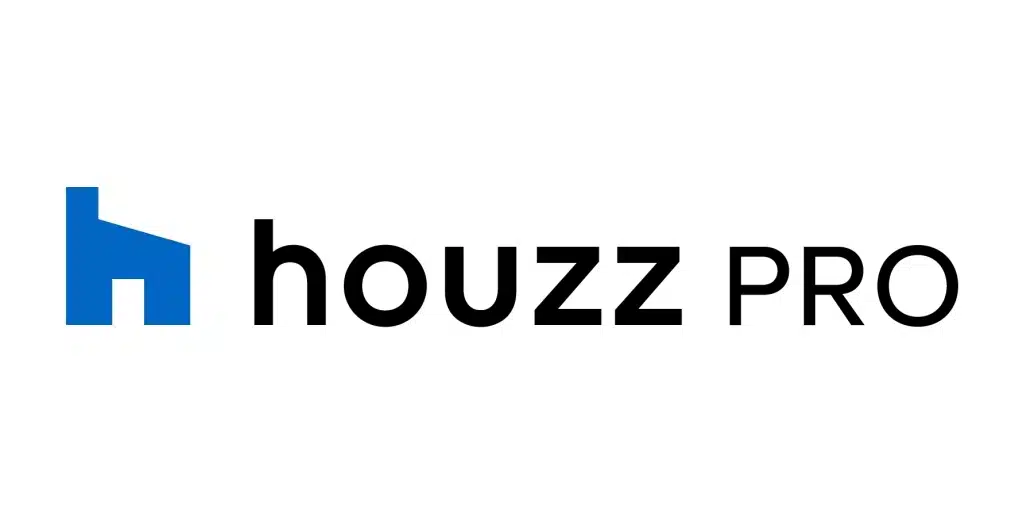Most homeowners think about aesthetics, durability, and maintenance when selecting decking. However, another critical factor often gets overlooked until it’s too late: the fire rating of your decking. With the changing regulations and growing threat of wildfires, it’s essential to understand the concept of fire-rated decking, especially if you live in a wildfire-prone area.
1. UNDERSTANDING FIRE-RATED DECKING
Fire rating is a measure of a material’s resistance to the spread of fire. There are different levels of fire ratings, classified as A, B, or C, with A being the most fire-resistant. These ratings are determined by standardized tests that measure flame spread.
Here’s a breakdown:
- Class A Flame Spread: The highest level of fire resistance.
- Class B Flame Spread: Remains highly resistant to flame spread.
- Class C Flame Spread: Provides moderate resistance to flame spread.
2. THE RECENT LAWS IN CALIFORNIA CONCERNING FIRE-RATED DECKING
California has recently changed its deck-building regulations in response to the increasing threat of wildfires. The state now requires decking materials used in wildfire-prone areas to have a Class C fire rating or better.
Why does this matter if you’re not in California?
- As the wildfire threat continues to increase, these regulations are expected to become the standard – not only for California but for other wildfire-prone states as well.
- Beyond compliance, choosing decking materials that meet these fire ratings is a proactive step in protecting your property and loved ones from wildfire hazards.
If you have a specific decking product in mind for your project, you can check its fire rating by visiting California’s Building Materials Listing (BML). On this list, you’ll see familiar names like TimberTech and Trex, among other fire-rated decking products. Most likely, you’ll be able to find your product on the list, along with its fire rating.
To put it simply:
- If you’re planning to get a deck in an area where wildfires are a concern, you’ll want to choose decking materials with a good fire rating.
- California’s new rules have made this choice easier with a list called the Building Material Listing (BML).
- This list shows you the fire rating of popular decking products (like Azek or Trex decking).
3. HOW TO CHECK YOUR DECKING’S FIRE RATING WITH THE BML LISTING
California’s BML listing is a valuable resource for checking the fire rating of decking materials. Here’s how you can use California’s BML listing to check the fire rating of a specific product:
- Check the Listing: If you have a decking material in mind, look it up on the BML listing to see its flame spread rating.
- Start by going to the California Office of the State Fire Marshal’s website.
- Locate the Wildland Urban Interface (WUI) Products Handbook on the website.
- Access the “Decking” section of the handbook.
- Understand the Ratings: Decking materials are rated Class A, B, or C for how well they resist flame spread. For example, Azek vintage decking has a Class A Flame Spread Rating.
Remember, the higher the class, the better the material is at resisting fire. So, when you’re shopping for your deck, think about where you live and how much of a fire hazard there might be. If you’re in a very high-risk area, aim for those A’s and B’s to keep your home and family as safe as possible.
4. WHICH DECKING MATERIALS ARE MOST FIRE-RESISTANT?
In the Building Material Listing, a pattern emerges showing that composite, PVC, and IPE decking products generally offer higher fire resistance, as reflected in their fire ratings:
- Composite Decking: This type is made from a mix of wood fibers and plastics. If you’re considering a composite product, check that it’s got at least a Class B fire rating. While composites are a favorite for many homeowners, not all of them are created equal in terms of fire resistance.
- PVC Decking: PVC is all plastic and tends to have better fire resistance than wood or composites. Most PVC decking gets high marks for fire safety, with many options boasting a Class A or B rating.
- IPE Decking: IPE is a type of tropical hardwood that’s known for being really tough. It’s also quite good when it comes to fire resistance, often getting a Class A or B rating.
5. CONCLUSION
Choosing a decking material with a good fire rating is more than just a building compliance check—it’s a proactive step towards protecting your home and loved ones, especially if you live in an area susceptible to wildfires.
Using California’s BML listing is one of the easiest ways to check the fire rating of a decking product. This resource is invaluable because it gives you a clear, government-backed report of which materials have been tested and proven to resist fire.
Do you live in Boulder, Colorado? If so, let O’Keefe Built ensure your deck meets the highest standards of fire safety. Contact us today to request a consultation for your deck project!




